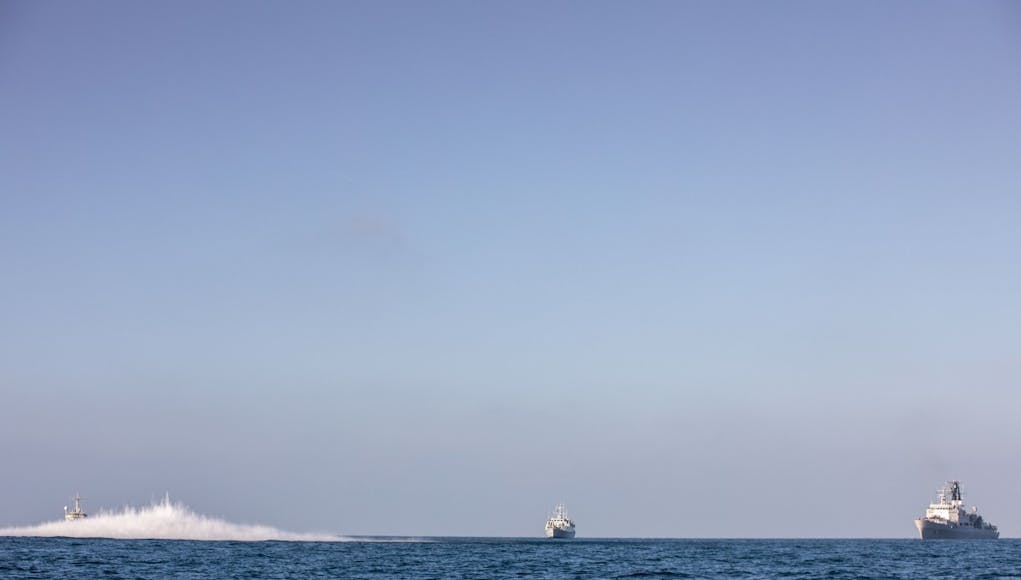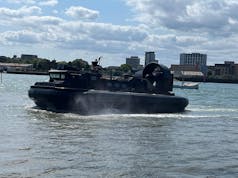Standing NATO Mine Countermeasures Group 1 (SNMCMG1) successfully executed the controlled detonation of a British World War II-era bomb off the coast of the Netherlands near Amsterdam on February 7th, thereby eliminating a significant maritime hazard.
The flagship of SNMCMG1, the Norwegian Navy’s HNOMS Nordkapp, was conducting historical mine countermeasures operations in the area when local fishermen reported the presence of mine-like objects in the water to the local authorities.
In close coordination with the local authorities and in the designated area, SNMCMG1 deployed a team to investigate and assess the situation.
The operation involved four ships and employed remote-operated vehicles and explosive ordnance disposal (EOD) divers from the German Navy’s FGS Rottweil to discover 11 underwater objects, with the primary focus on a 230 kg British aerial bomb left from World War II.
SNMCMG1 successfully carried out a controlled detonation to dispose of the unexploded ordnance.
According to NATO:
“SNMCMG1 is one of four standing forces that comprise the maritime component of the Very High Readiness Joint Task Force (VJTF), which is part of the NATO Response Force (NRF).
To respond to contingency situations additional forces can be added to these groups, with the NATO command staff on board and the ships of the group as the nucleus, capable of providing timely support to NATO operations.
SNMCMG1 is currently comprised of four assets Estonian Navy Ensign Admiral Cowan, Royal Norwegian Navy flagship HNoMS Nordkapp, German Navy FGS Rottweil, and Royal Netherlands Navy HNLMS Schiedam.”














Historic ordinance!
And no one put a mine preservation order on them!
😎
Presume there is sufficient unexploded ordnance from WW II around to fully occupy SNMCMGs for decades into the future. Surprised it is not spurring faster development of autonomous systems across NATO. The need is constantly emphasized by real-world ops.